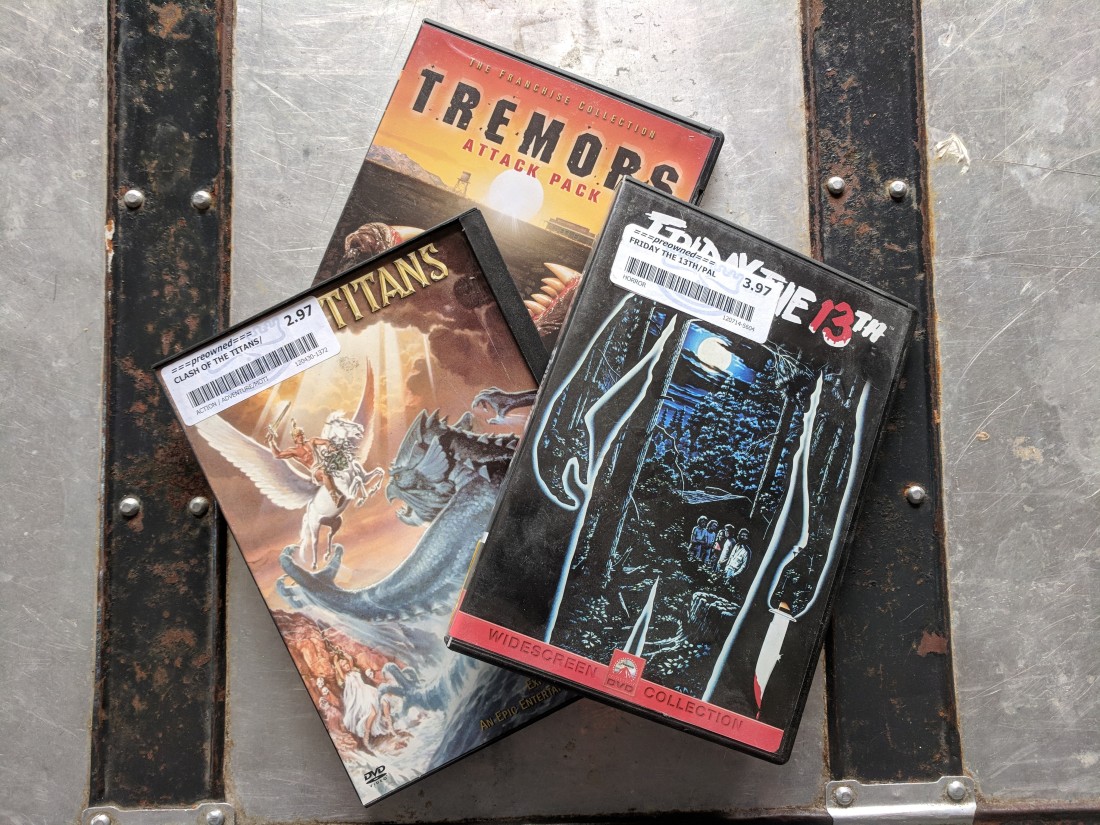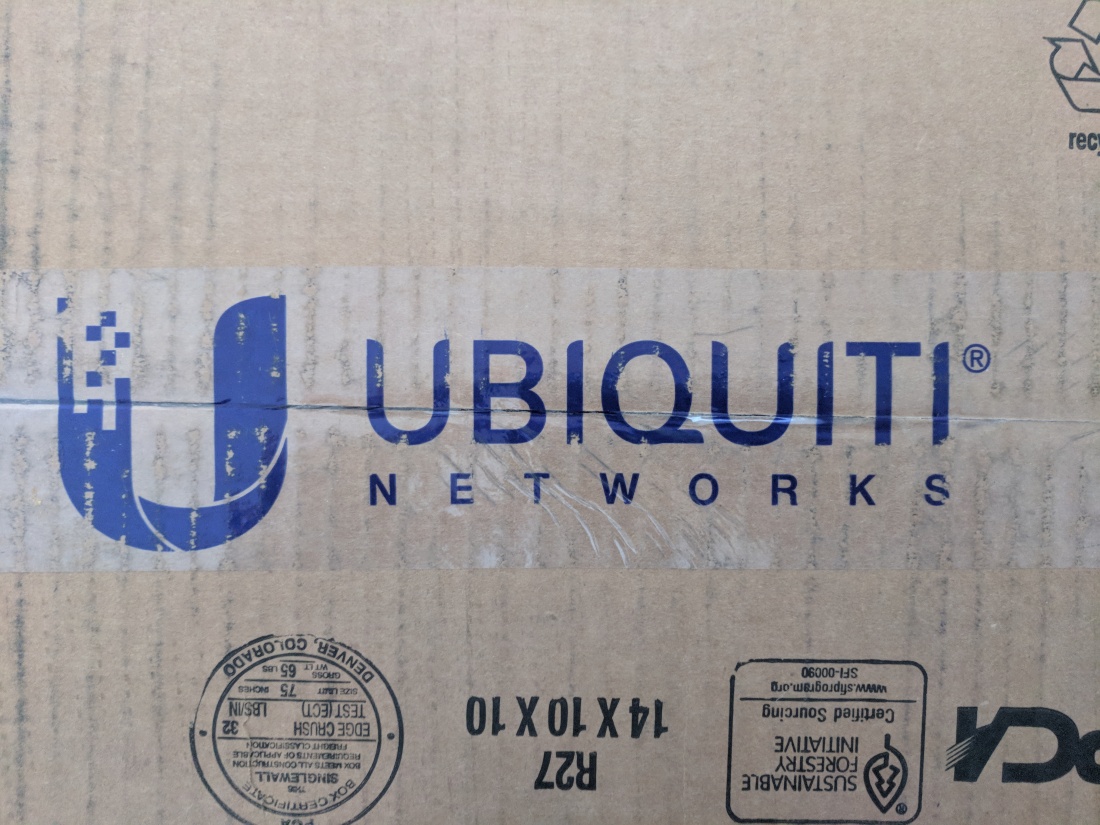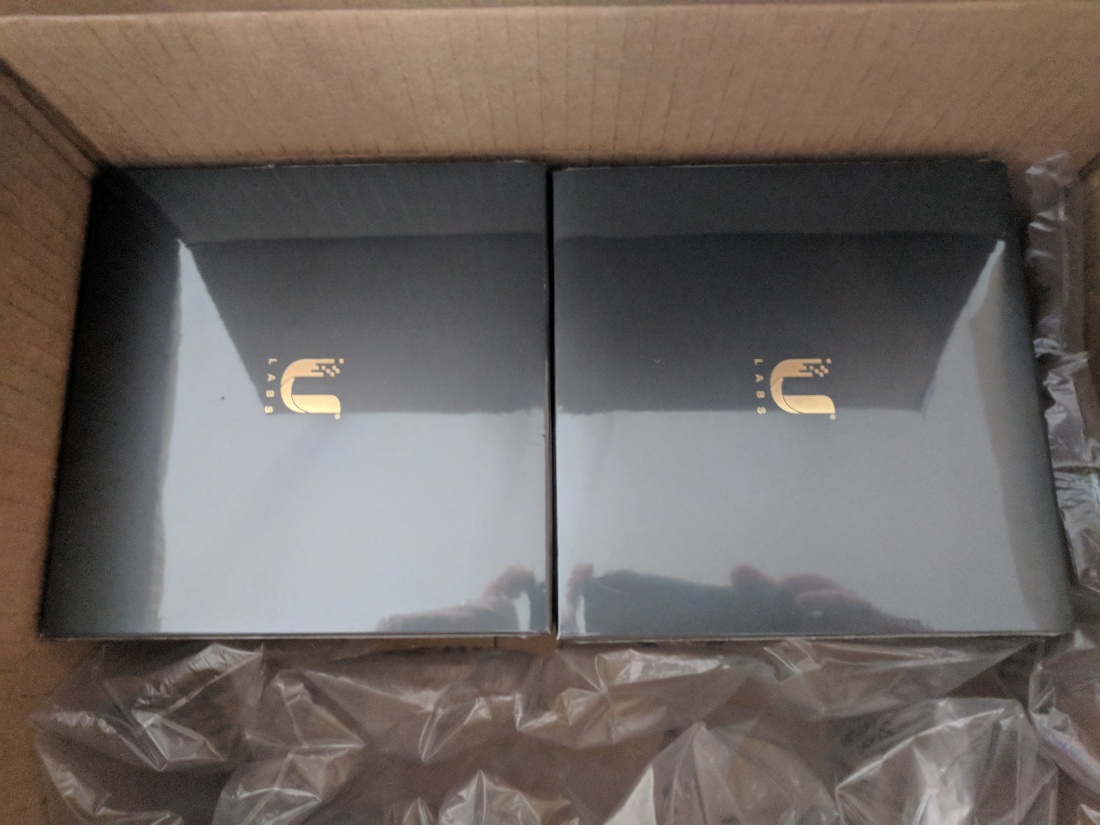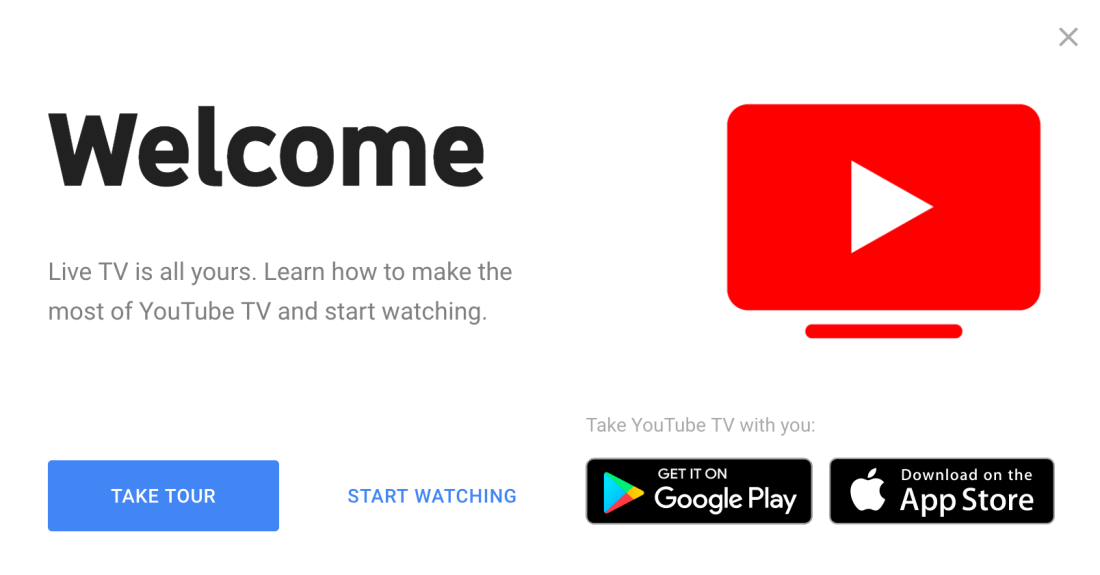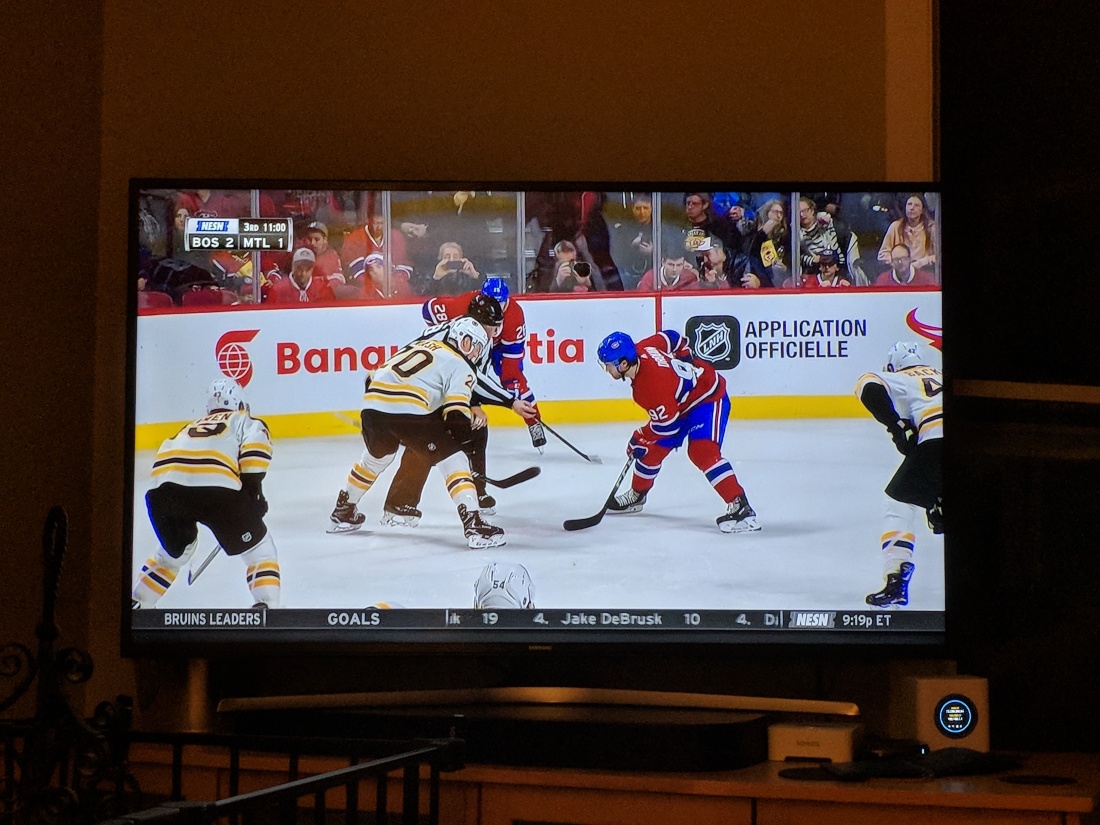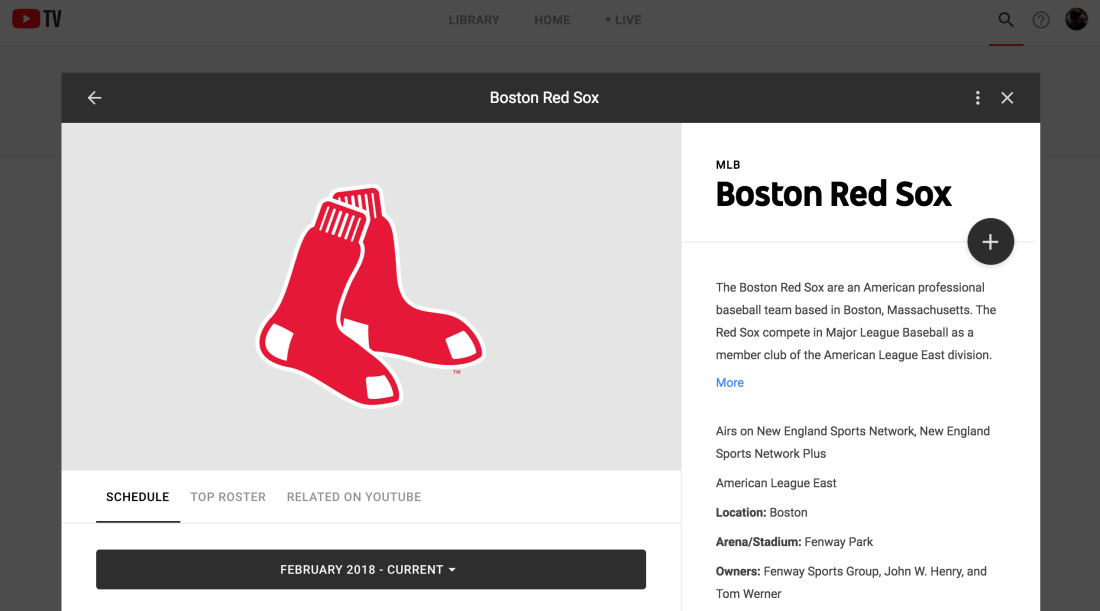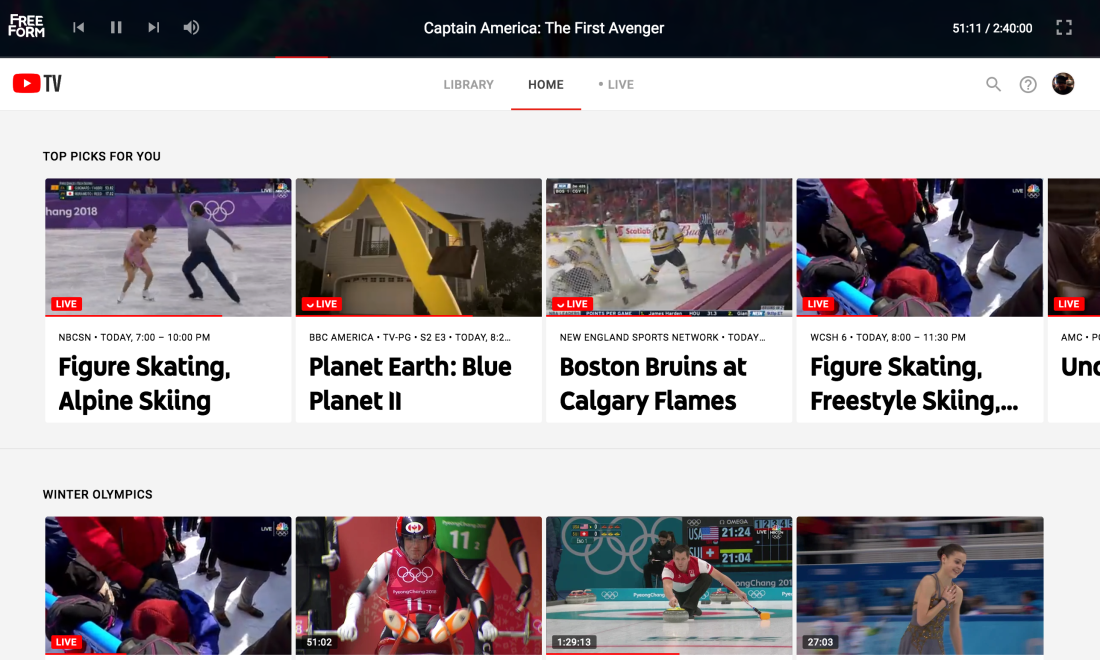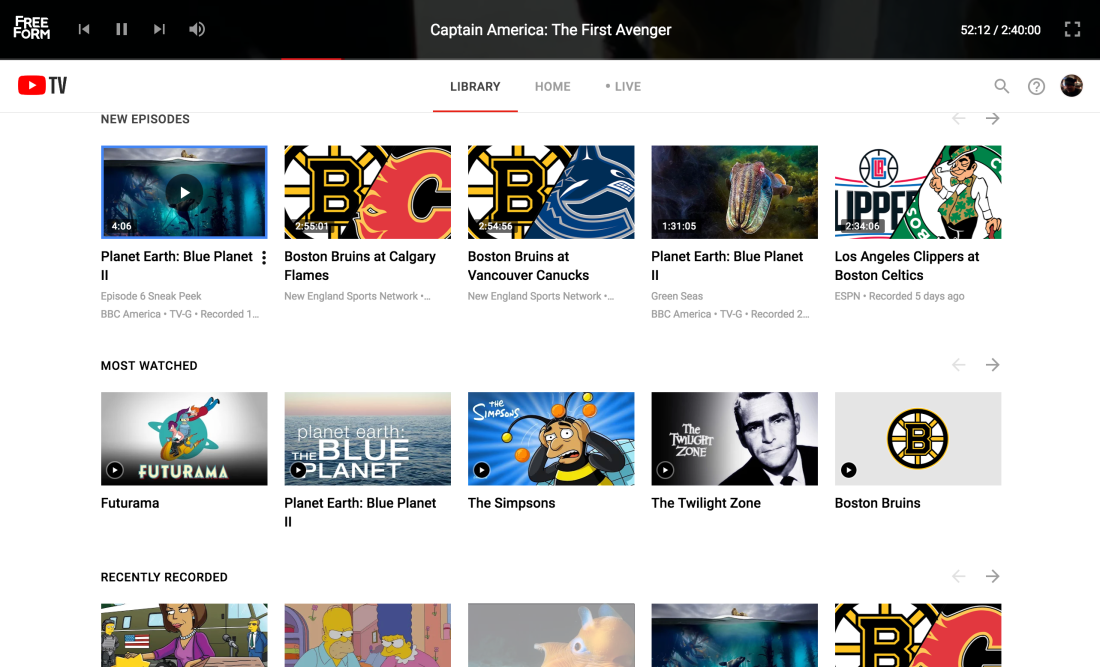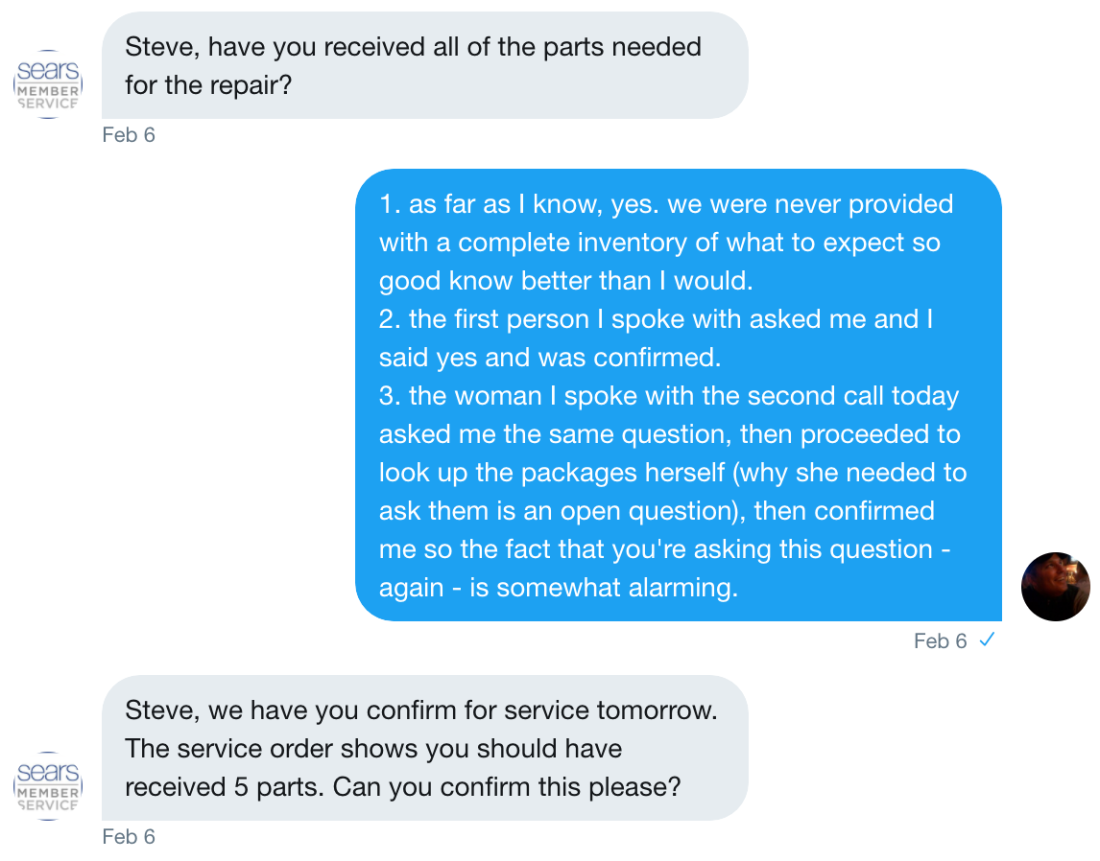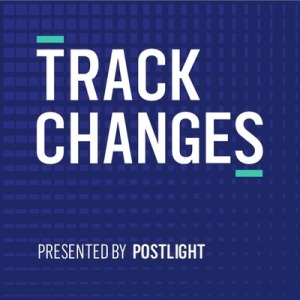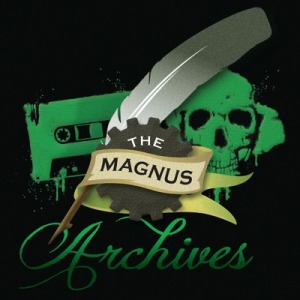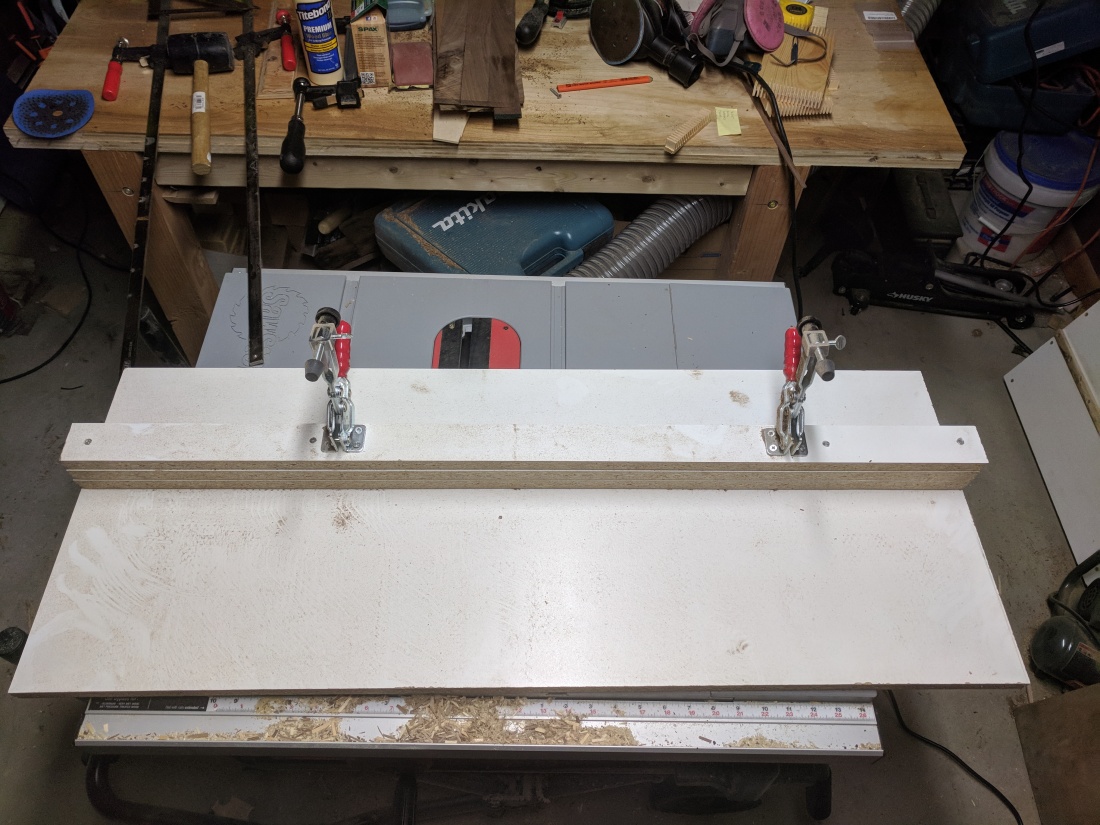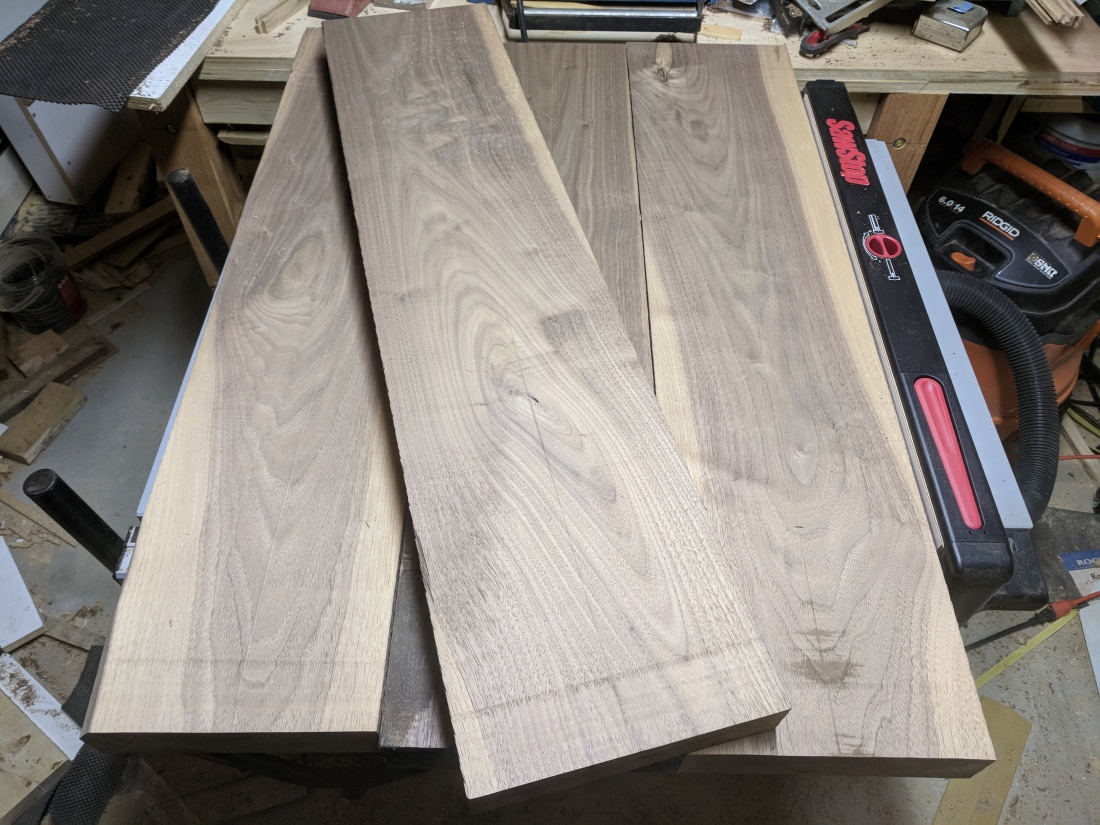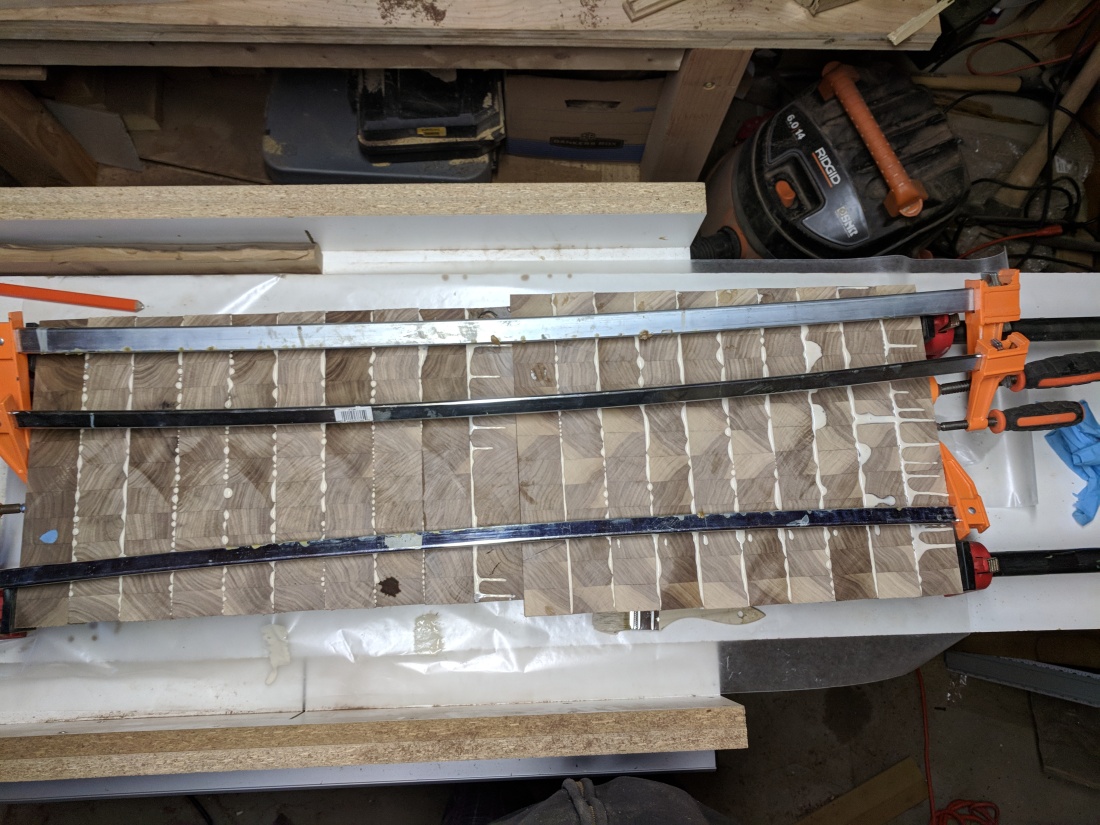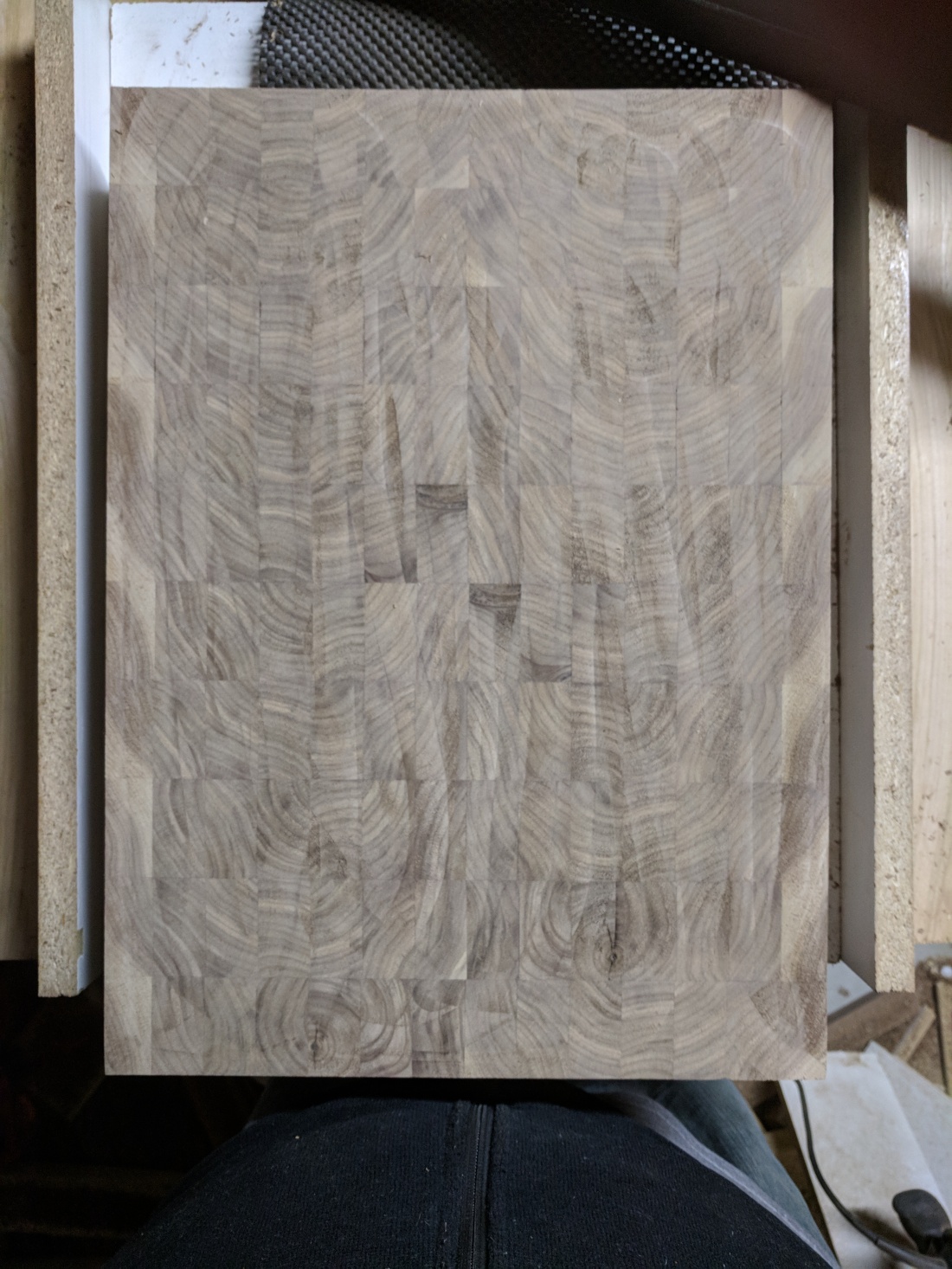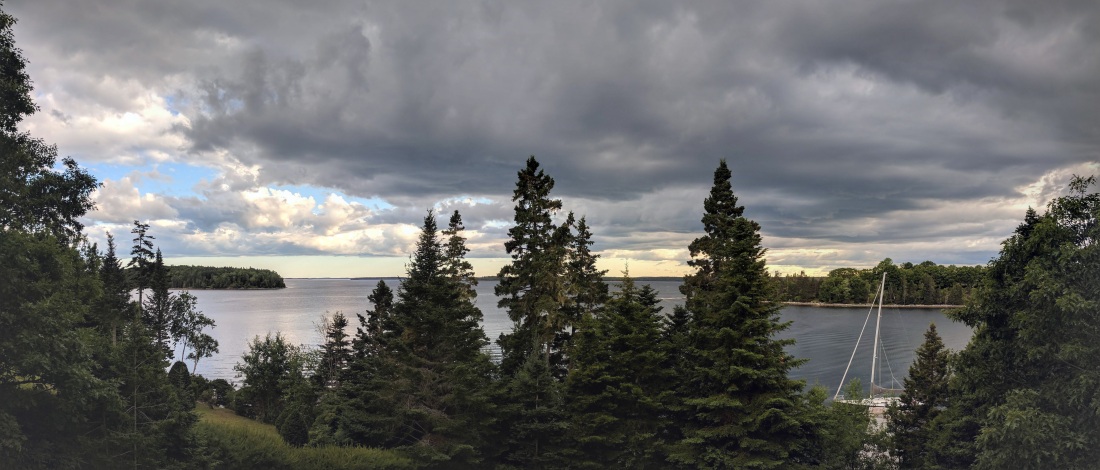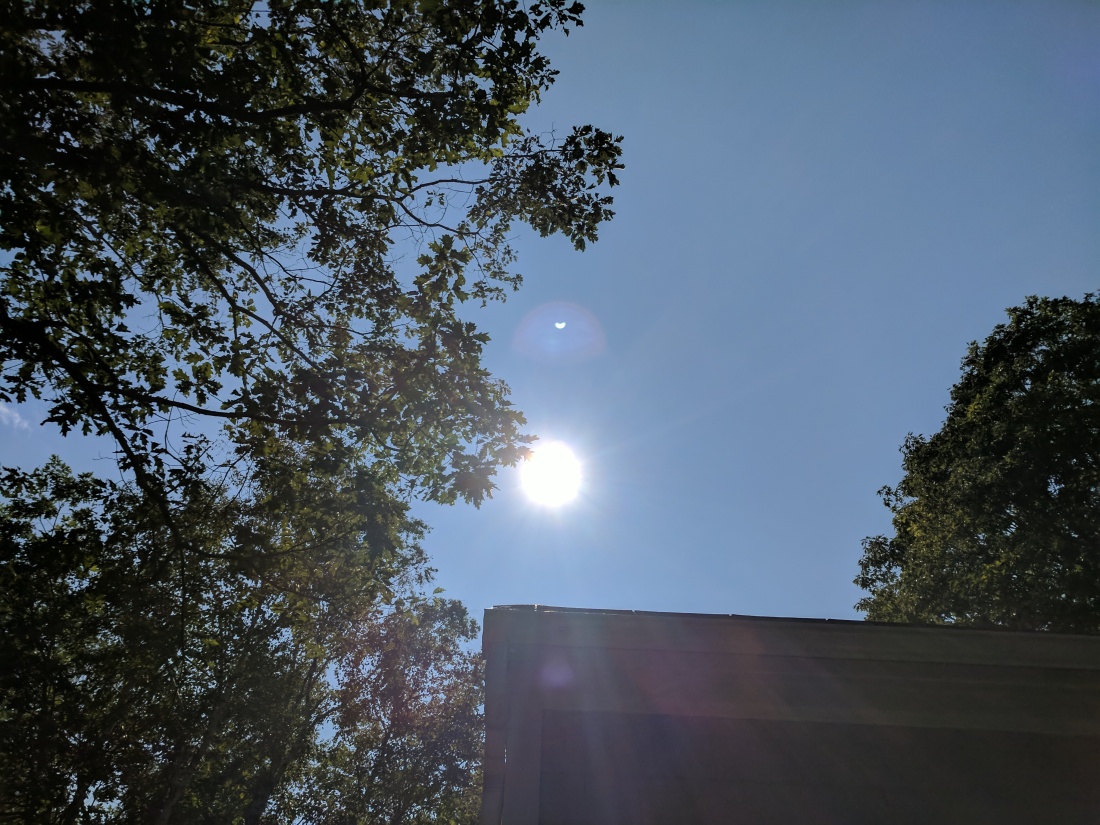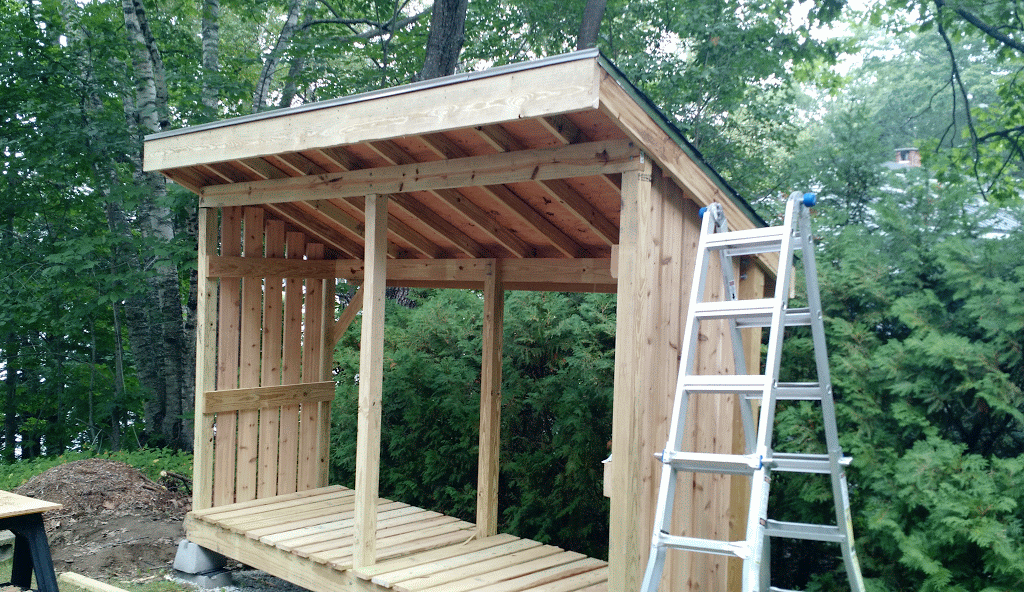As has become routine with these posts, my annual photo year-in-review is arriving late. Unlike in years past, however, I don’t have a ready excuse, unless you count interference from the time I now have to spend understanding and coming to grips with the slow-motion trainwreck that is the current administration.
Much as I appreciate and value the uncompromising, brutally honest takes of the women of Bombshell or the cautious, thoughtful analysis from the people at Lawfare, I often think fondly of the days when they would have represented more academic and less vital outlets for me.
But here we are.
Late being preferable to never, then, here is my year in pictures. These are the moments – significant or otherwise – that characterized my year personally, which is to say that there’s nothing in here about the aforementioned trainwreck. Before we get to the pictures, however, a quick check-in on travel.
Travel
Due to a number of different factors, we found ourselves down an analyst for the better part of the year, with the result that my travel went in the wrong direction in 2018 – particularly in the first half of the year. It was only two more extra trips from the year prior per TripIt, but it was a hell of a lot more mileage.
It wasn’t backbreaking, and poor James was the one to bear the brunt of the travel woes in the second half, but the intent for the year ahead is to scale my travel back down to something more manageable. I didn’t accumulate enough miles to qualify for JetBlue’s Mosaic program until September, which is worse than last year’s December but still a major improvement from my more typical June-timeframe.
In the meantime, a few other tidbits courtesy of Cemre’s TripIt Year in Review tool and Openflights.org.
- Distance: Clocking in at 85,148 miles I was up 34% on the year, which was not the goal.
- 100K: This was the fifth time in eight years I failed to reach 100,000 miles. That part was good, I will try to keep it up.
- Carrier: After years of loyalty, with the odd dalliance here and there with a Virgin America, I finally gave up on JetBlue and made the jump to Delta. As soon as Delta matched my Mosiac status on JetBlue with a Silver Medallion, I cut over and put a bit over 20,000 miles on my new airline in the fourth quarter. My switch, as it turned out, would have been necessary anyway as JetBlue stopped flying into PWM year round, and instead is now only a seasonal carrier.
- Airport: I reversed last year’s trend, and spent more time this year in Boston than Portland.
- First Time: Visited Providence, RI for the first time, as well as Missoula, MT and Westcliffe, CO. Enjoyed all of them a great deal.
- Where To: San Francisco narrowly took back its crown from New York this year as the destination I visited the most. Here’s hoping the city that’s only 45 minutes away by plane makes a comeback this year.
With that, on to the pictures.
January 4
Started the year off…by getting buried in snow. Quite the contrast with this January.
January 17
Finally got frustrated enough with our old router that I swapped it out for brand new Amplifi gear, courtesy Ubiquiti.

January 31
Maybe my favorite pub in London has now sadly closed. RIP Electricity Showrooms.

February 2
Hit up Monki Gras, which was amazing and somehow keeps getting better every year.

February 10
Possibly related to the fact that they’re now in bankruptcy, after Sears no showed on us three times in a row wasting a month in the process, I finally got frustrated enough to try and fix our dishwasher myself.
February 17
Tough to top hitting up a local shark exhibit with your best friend and his family who flew in for your birthday, but we tried a few months later.
February 24
Signs that spring is near: Eleanor and I took in the first spring training game of the year.
March 31
Made it out to Denver to help celebrate our friends Tess and Joe’s 25th anniversary.

April 10
Out in Santa Monica for work, took in a Sox/Yankees game at probably the best known Red Sox bar on the West Coast, Sonny Maclean’s.

April 24
Having seen Kate have to resort to keeping her sourdough starter in the oven with the light on, I built her a proofing box for her birthday.
June 3
Winter prep begins.
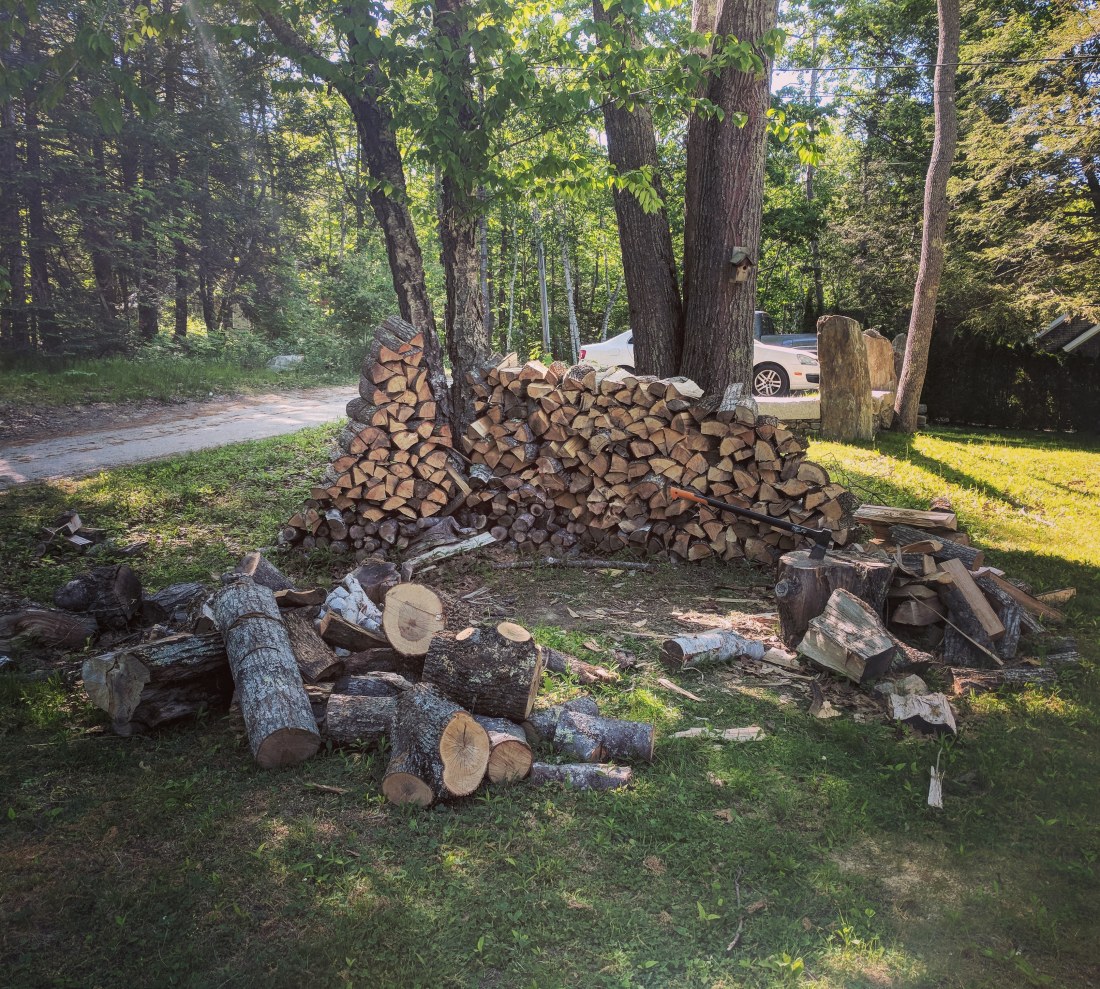
June 30
Portland joined the rest of the nation in protesting the appalling and horrifying family separation policy of the current administration.
July 11
Accompanying Kate on a work trip down to lovely Providence, RI, we took Eleanor to the zoo.
July 14
Also took her to the carousel, which went much better than her expression suggests.
July 18
En route out to Portland, OR for OSCON, overflew the wildfires.
July 29
The one week we get to spend up here every summer is what gets me through the winter. Perfection.
August 5
After the old gas mower finally seized up, it was replaced with a battery powered alternative. Hopefully the first of many such replacements.
August 14
Maybe the only thing that could top having my best friend in town for my birthday was meeting him in Missoula, MT to see our favorite band play. Thanks for the assist, Jim.
August 21
Picked up a whole lot of hard rock maple.
August 22
Which is in part why I turned our living room into a shop.

August 28
Taking a break from trying to work with the stone-like maple, made my annual pilgrimage out to my happy place.
September 6
Weathered an enormous storm that had power lines down on our street. Managed not to get electrocuted.

September 12
After a decade plus of loyalty to JetBlue, I finally gave up and accepted that they were never going to return the favor with features such as lounge access or first class upgrades.
The hilarious thing? I got upgraded to first on my very first Delta flight, which was one more upgrade than I ever received from JetBlue in spite of my near million point mark.

September 29
The family and I took one for the team and made the annual pre-Monktoberfest run out to the Alchemist in Vermont. Their beer is incredible, but if anything, the people are better than the beer.
October 4
Survived the largest (but still small) Monktoberfest yet.
October 6
Part of the unwinding and recovery process from our conference was a quick trip up to Newcastle for Oxbow’s Goods from the Woods event.

October 10
Remember that storm in September? That was the last straw, and a full standby generator went in on October 10th. It got used four times in the two months that followed.
October 13
Three days after that, we had our first frost which meant our first fire.
October 16
This was the first time I’ve ever watched a Red Sox playoff game while hiding out in a speaker’s green room. God bless the sound guy for updating me on the score just as I came off stage.
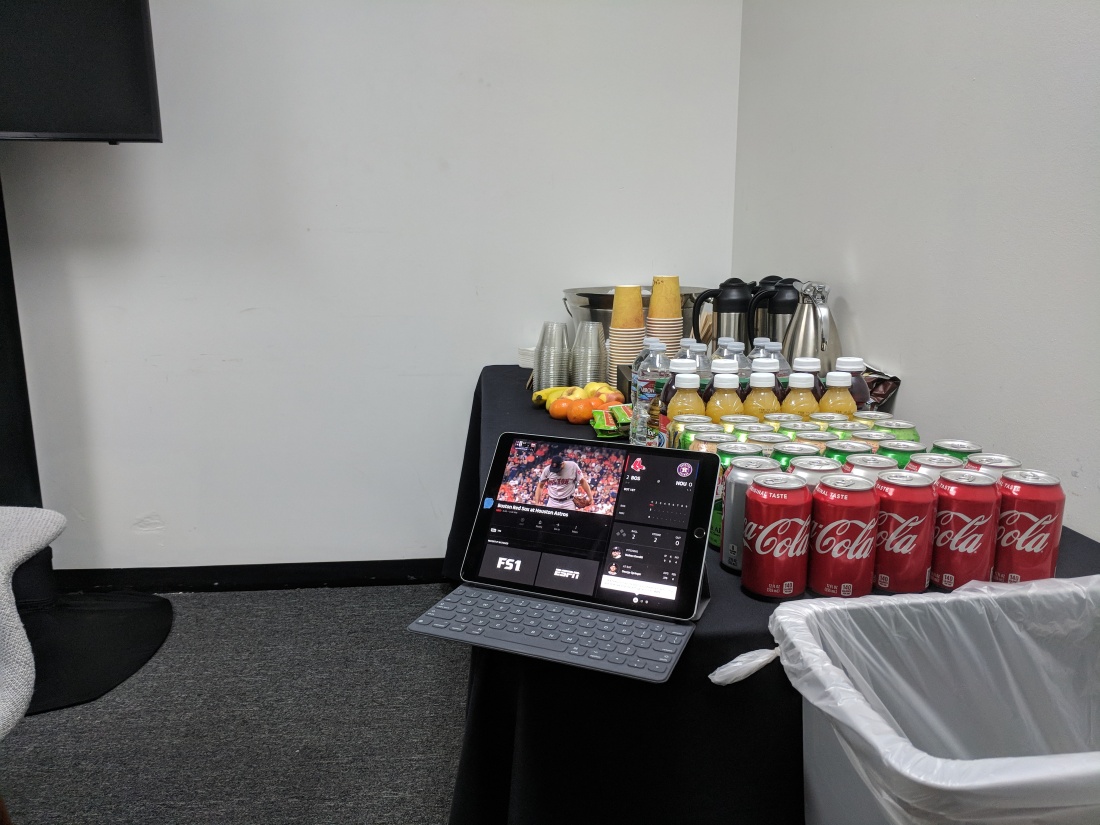
October 18
Two days later, I watched a Red Sox playoff game from a Delta lounge for the first time. For the record, we were 2-0 when I watched from the lounge at SFO.

October 28
I got a little excited when the Red Sox won the World Series.
October 31
Let’s be honest, as a parent, Halloween is basically all about what kind of costume you can get your kid to wear.
November 4
2018 was the year my best friend and his family pulled the trigger and bought a sweet little place in the foothills of the Sangre de Cristo mountains. November of 2018 was the month I first visited it, and it was totally worth getting my ass handed to me in Gin to see views like these. So happy for him and his family, and I can’t wait to get back.

November 10
Another year of taking Eleanor to watch the Biggest Little Game in America. An unusual meltdown on her part was actually fortuitous in that we missed the Ephs getting throttled in the second half.
November 15
In spite of my best efforts – from leaving an event in Westchester four hours early to head for the airport, attempting to rebook myself into Boston and then looking at forgoing the plane entirely in favor of a train – I got stranded in NYC overnight. That was inconvenient. Worse, it meant that we had to pass on tickets to Elf, The Musical.
But, made the best of it with a Stranger Things marathon and a few choice selections from Beer Culture.
November 25
Later than normal, but finally got the woodshed loaded.
December 1
No idea where three years went, but here we are.
December 14
Remember all that maple? The project it was intended for was scrapped at the last minute thanks to the problem of baseboard heating, but it turned this:

Into this:

December 22
With Kate’s lease almost up, we [no surprise] picked up another Volvo.
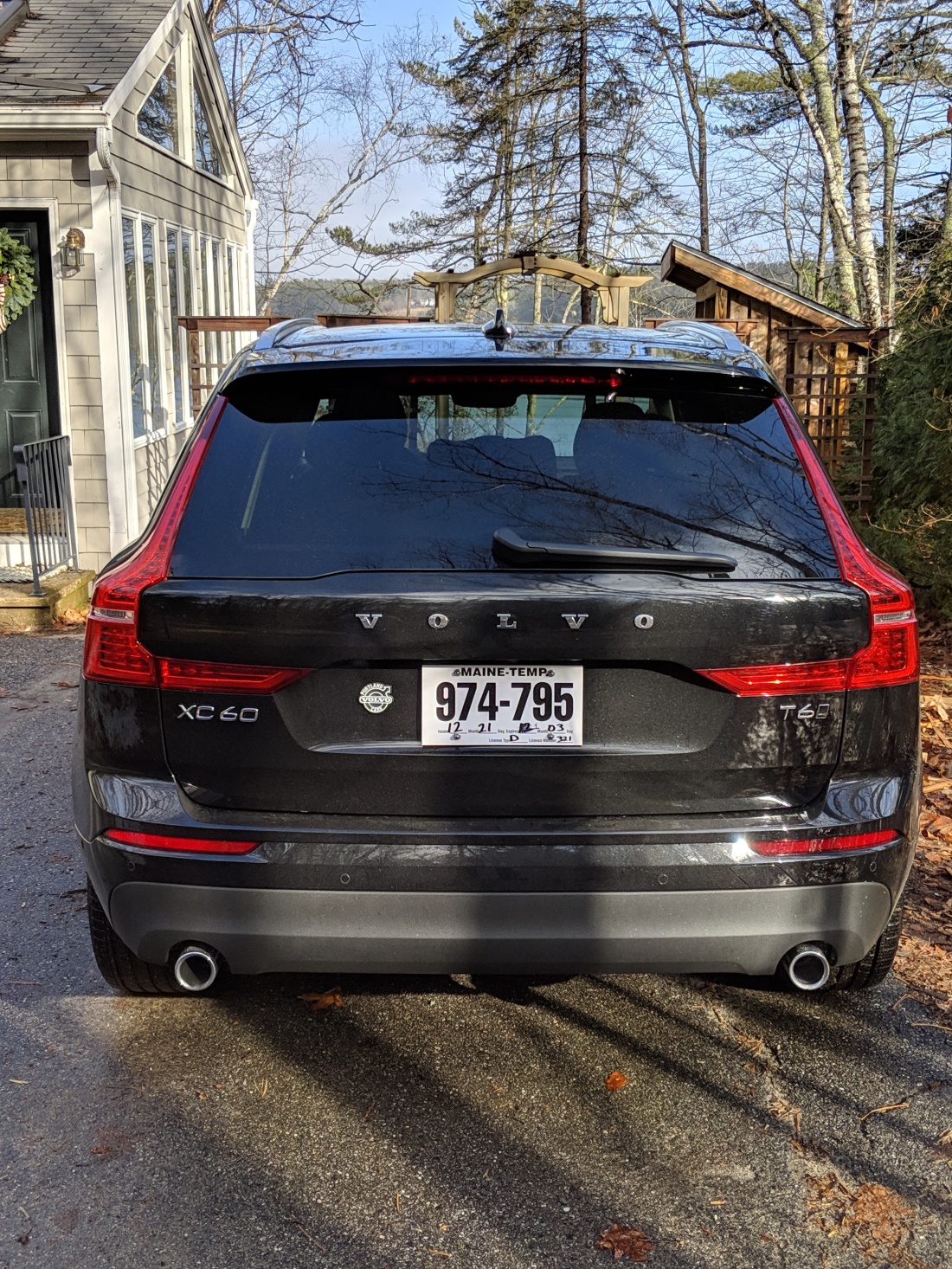
December 28
Poorly recreated a particular birdhouse for my Mother-in-law’s birthday.


